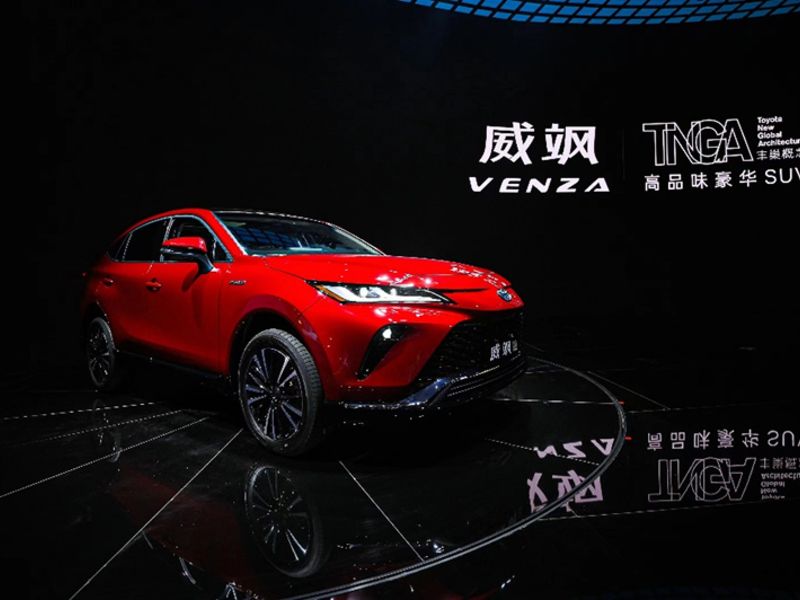
SHANGHAI – While overtaking General Motors as the top-selling automaker in the U.S., Toyota Motor Co. pulled off a rare feat in China last year — it was the only major global automaker to gain meaningful share in the market.
Toyota is also better positioned than global rivals for profitable growth in China: the competitive fuel economy of its cars and light trucks allows it to roll out more gasoline models with no rush to ramp up electric-vehicle output to comply with local rules.
Toyota only produces vehicles under the Toyota brand in China. It sells Lexus vehicles in the market via imports from Japan and the U.S.
Despite the severe semiconductor chip shortage that put a crimp on output industrywide, the Japanese carmaker’s China sales rose for the ninth straight year in 2021, advancing 8.2 percent to top 1.94 million.
The growth was driven by the Toyota brand. Some 1.7 million Toyota-badged vehicles were delivered in China last year, a 9.5-percent jump from a year earlier. Lexus’ China sales gained less than one percent to about 244,000.
Toyota has not only narrowed an annual sales gap with another mass-market brand, Volkswagen — the largest car brand in China — but also padded its lead over other major mass-market marques.
In 2021, VW brand’s local deliveries slipped 15 percent to 2.4 million.
Sales at two other major Japanese brands — Honda and Nissan –declined 4 percent and 5.2 percent, respectively, to some 1.56 million and 1.38 million.
Deliveries at Buick, the fifth-largest foreign brand in the market, fell 7.3 percent to around 820,000.
Toyota Motor Corp.’s overall sales still trail well behind VW Group and GM in China.
Last year, despite a 15 percent decline, VW Group delivered around 3.3 million vehicles in the market. GM sales remained flat at 2.9 million.
But Toyota faces much less regulatory pressure to expand EV production locally than VW Group and GM.
To accelerate vehicle electrification, the Chinese government implemented a carbon credit program in 2018, which requires passenger-vehicle makers to earn one carbon credit for every 100 vehicles they produce.
In 2020, the program was tweaked to allow manufacturers of energy-saving vehicles such as hybrid vehicles a small deduction from required quotas.
The program allots a fixed two credits for a plug-in hybrid and two to five credits to an EV depending on range — the longer the range, the higher the credits.
It requires carmakers to earn an amount of credits equivalent to 14 percent of their annual output in 2021, up from 12 percent in 2020. The rate is set to rise to 16 percent and 18 percent in 2022 and 2023, respectively.
According to a tally disclosed by China’s Ministry of Industry and Information Technology for 2020, Toyota, VW Group and SAIC-GM — GM’s passenger vehicle venture producing Cadillac, Buick and Chevrolet cars and light trucks — all failed to generate required carbon credits.
Because of gasoline-electric hybrid variants available on most of its products, Toyota’s carbon credit deficit in 2020, at 80,628 credits, was much lower than the deficit of 116,763 credits at SAIC-GM and the deficit of 231,720 credits at VW Group.
The three global auto giants are preparing to introduce more EV models in China to comply with regulatory requirements.
With a far narrower gap to acquire carbon credits, Toyota can afford to roll out more gasoline models than VW Group and GM in China, enabling it to maintain robust profit growth in a key market.